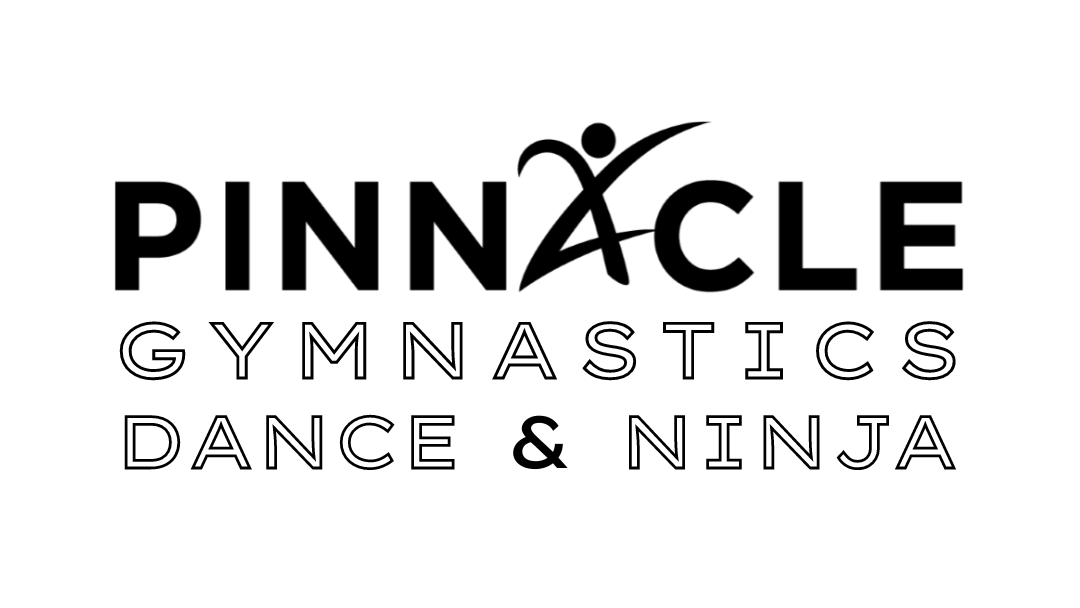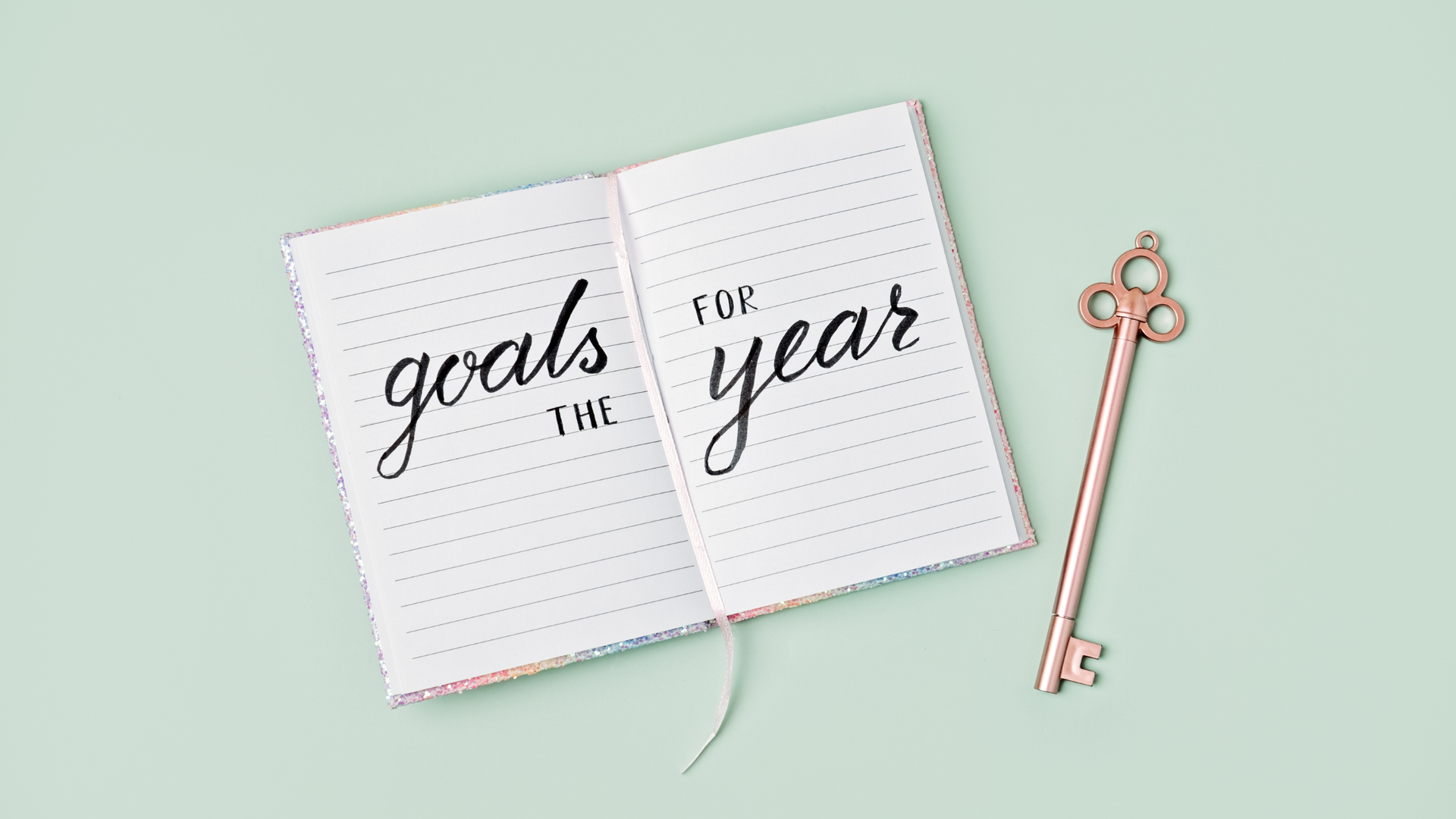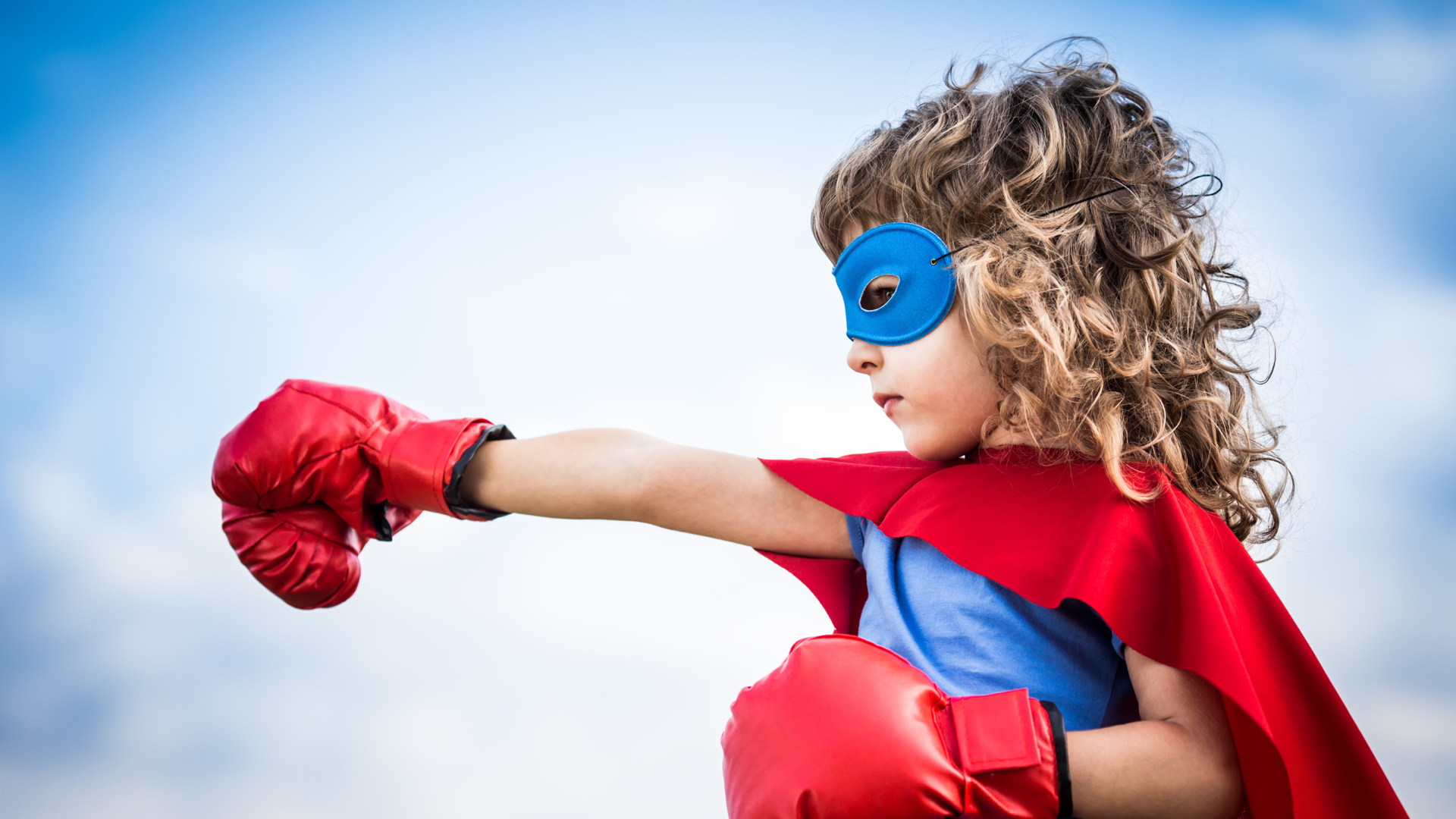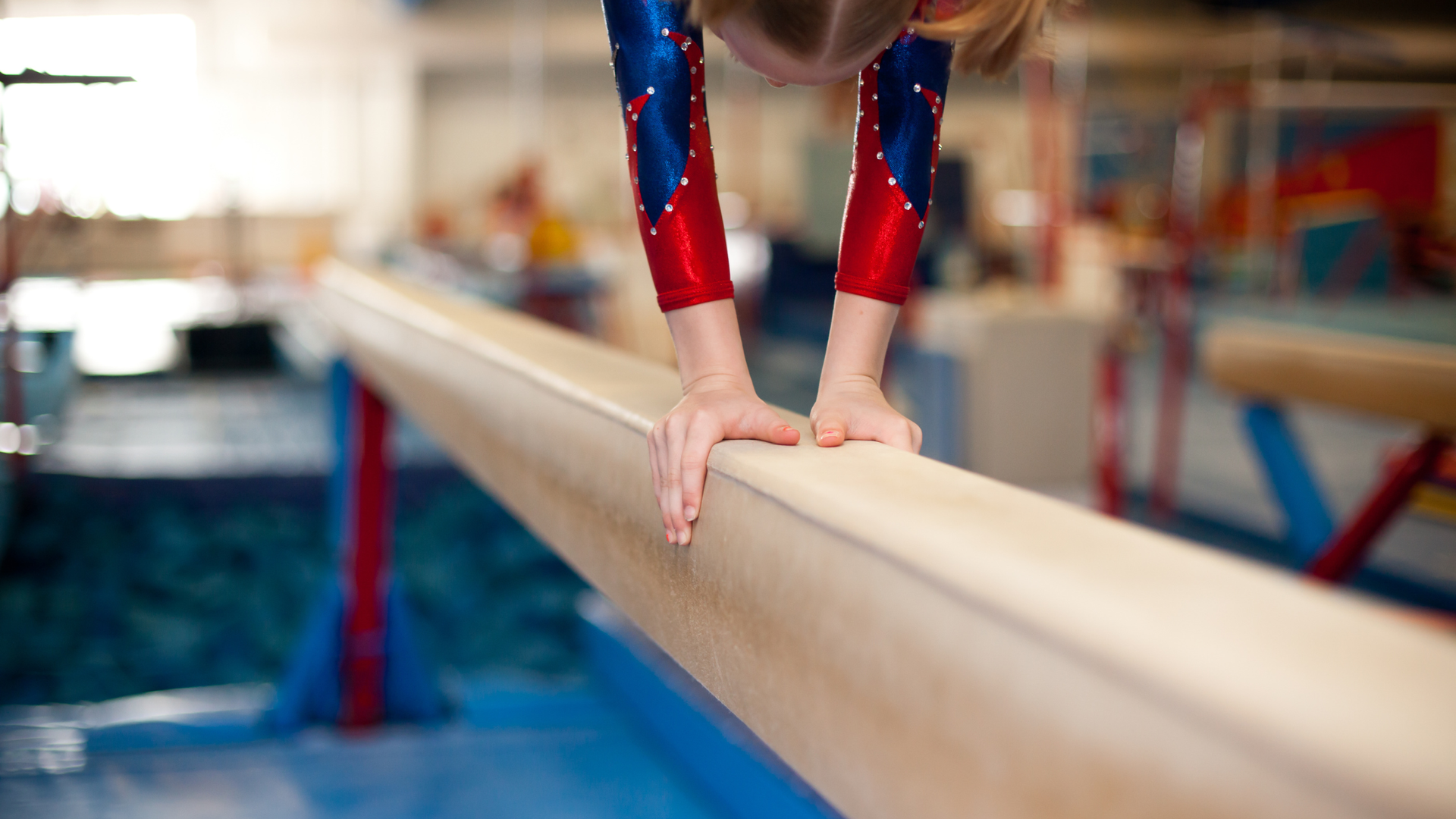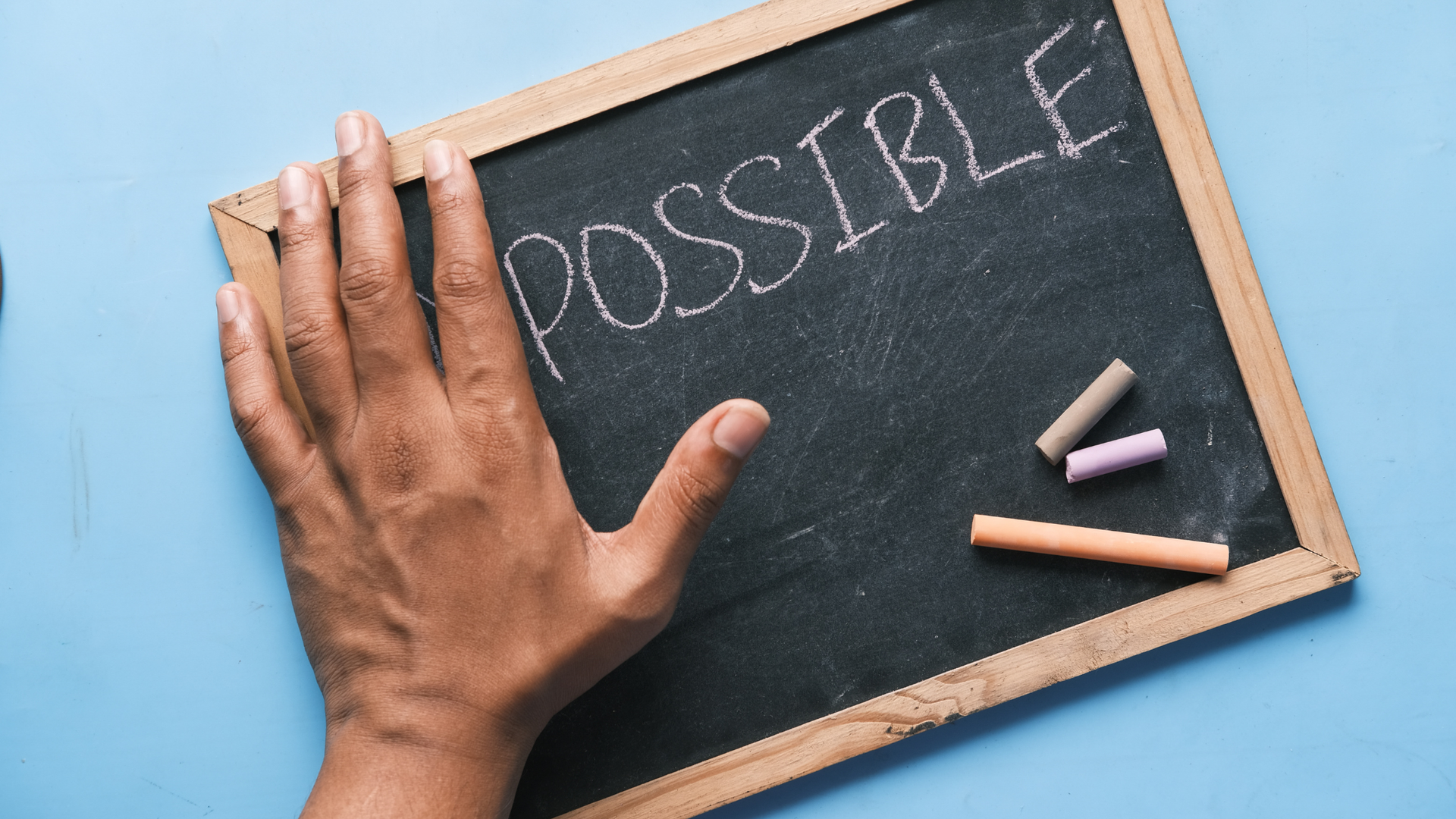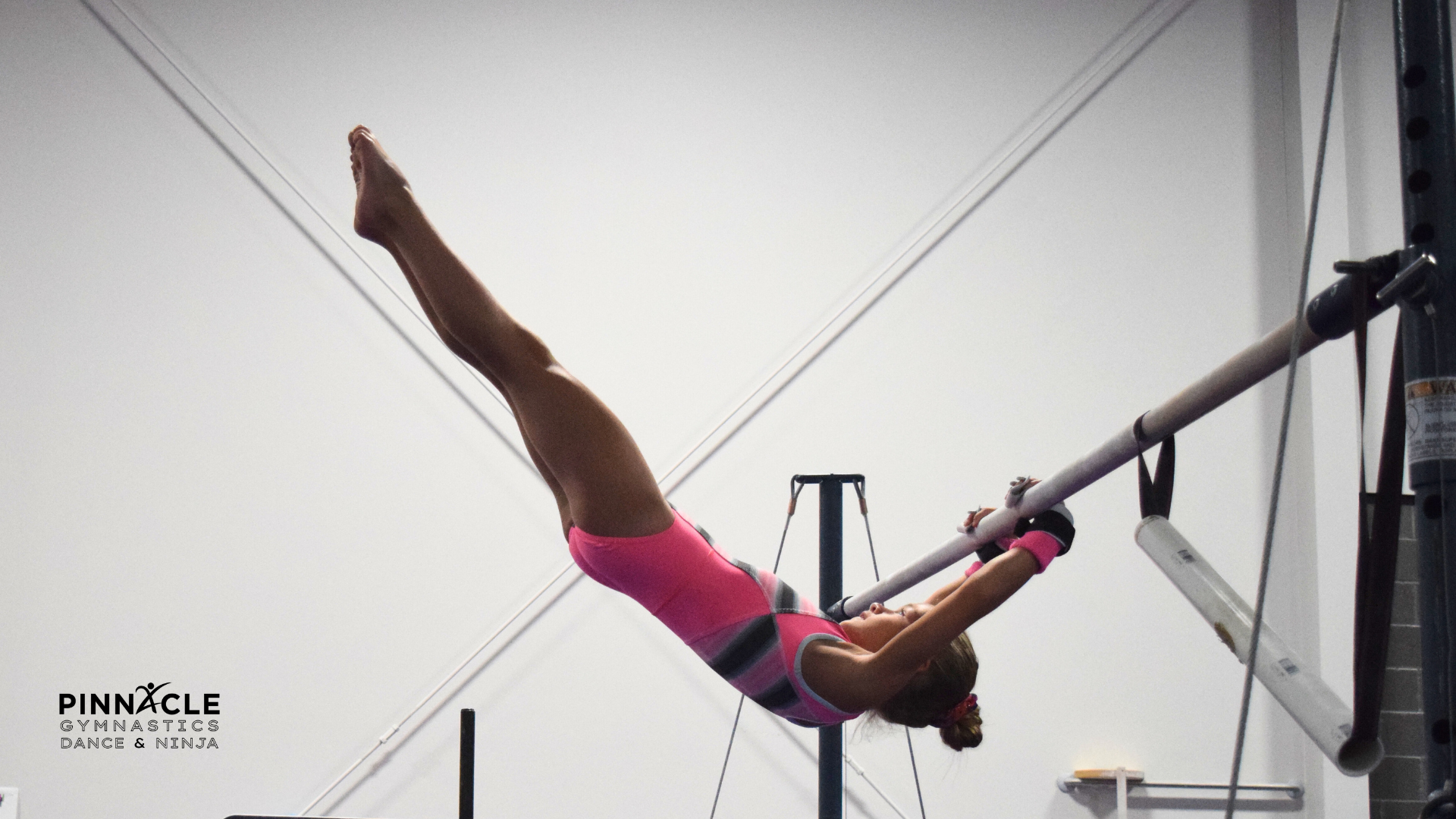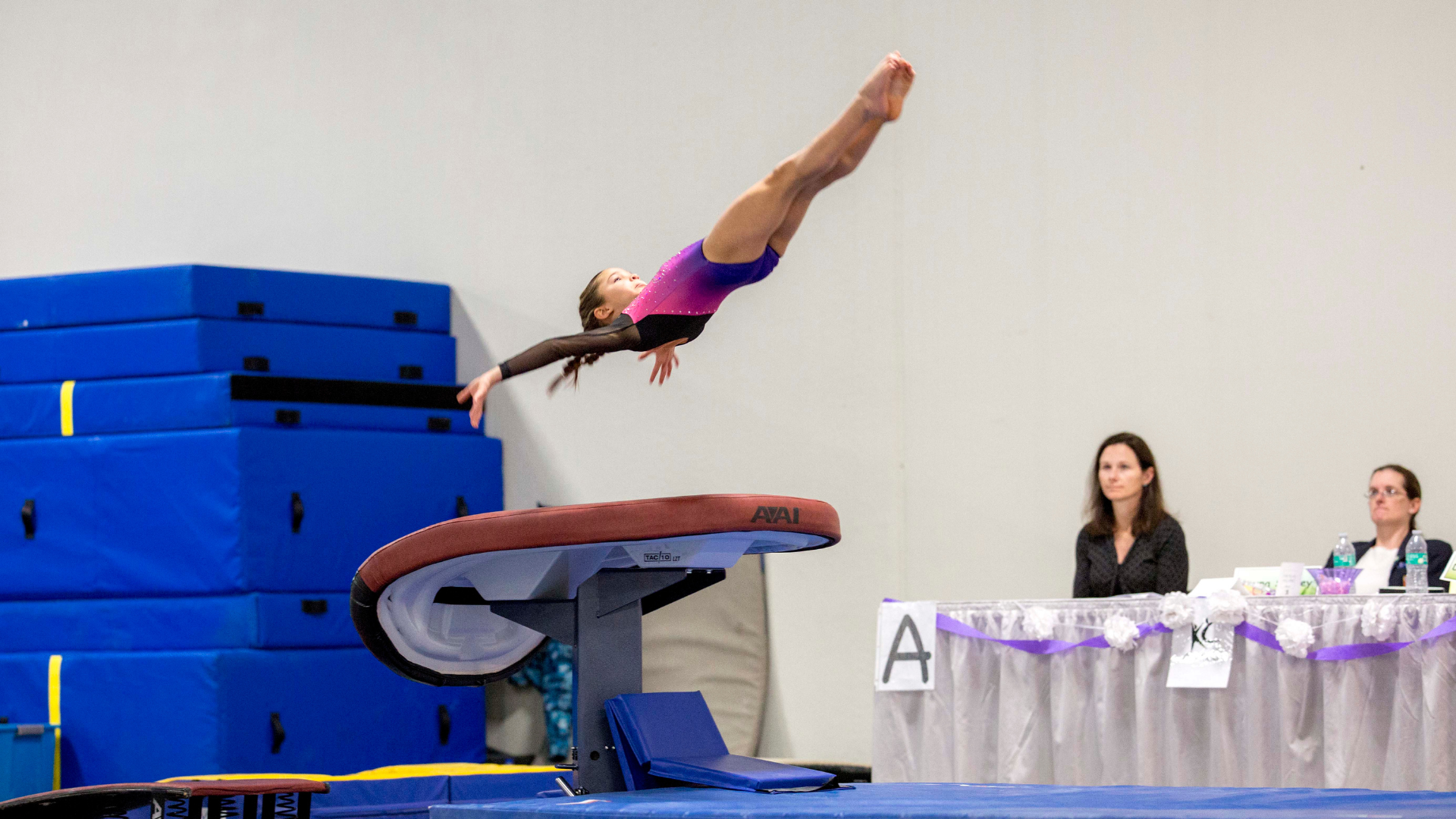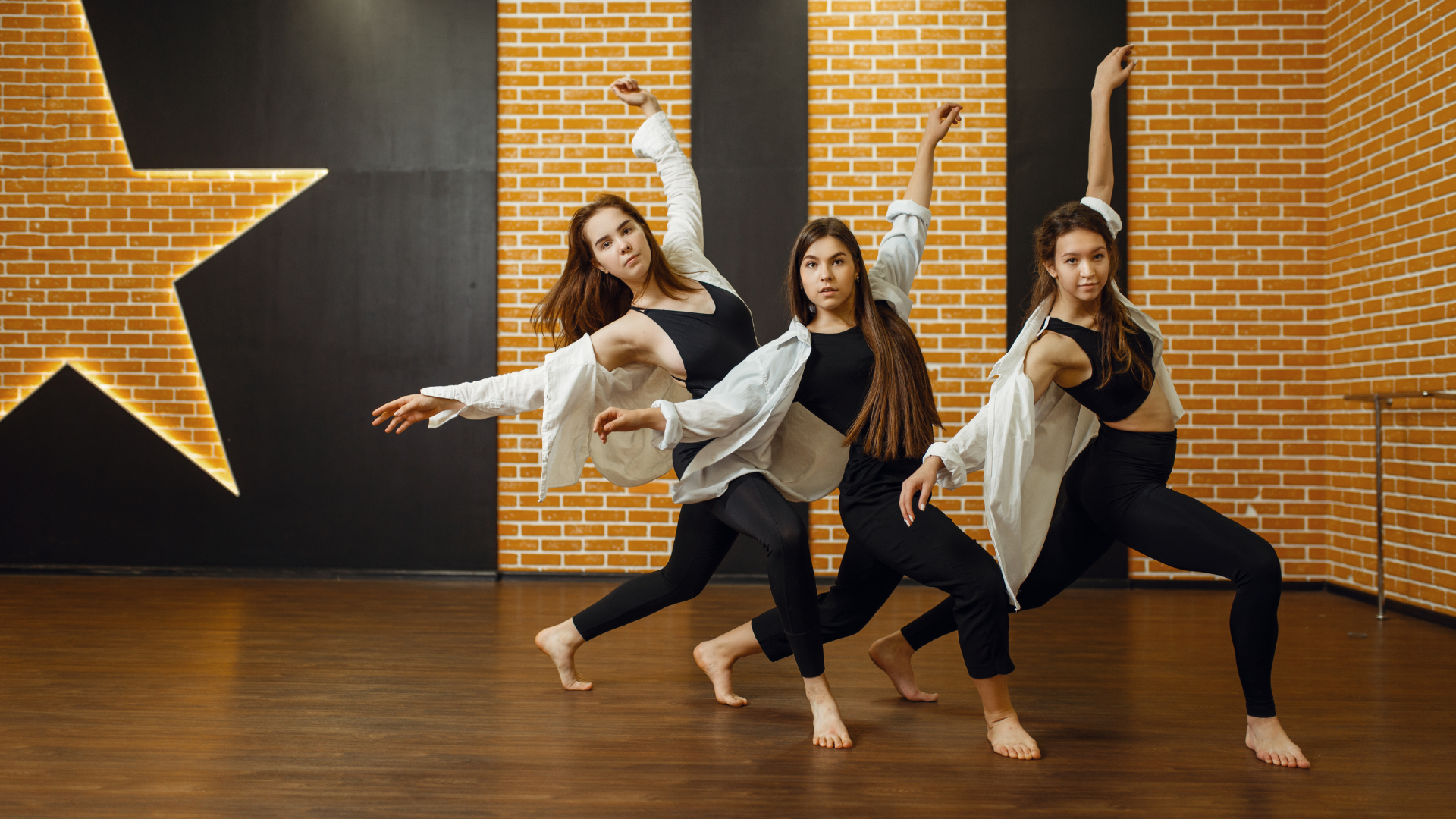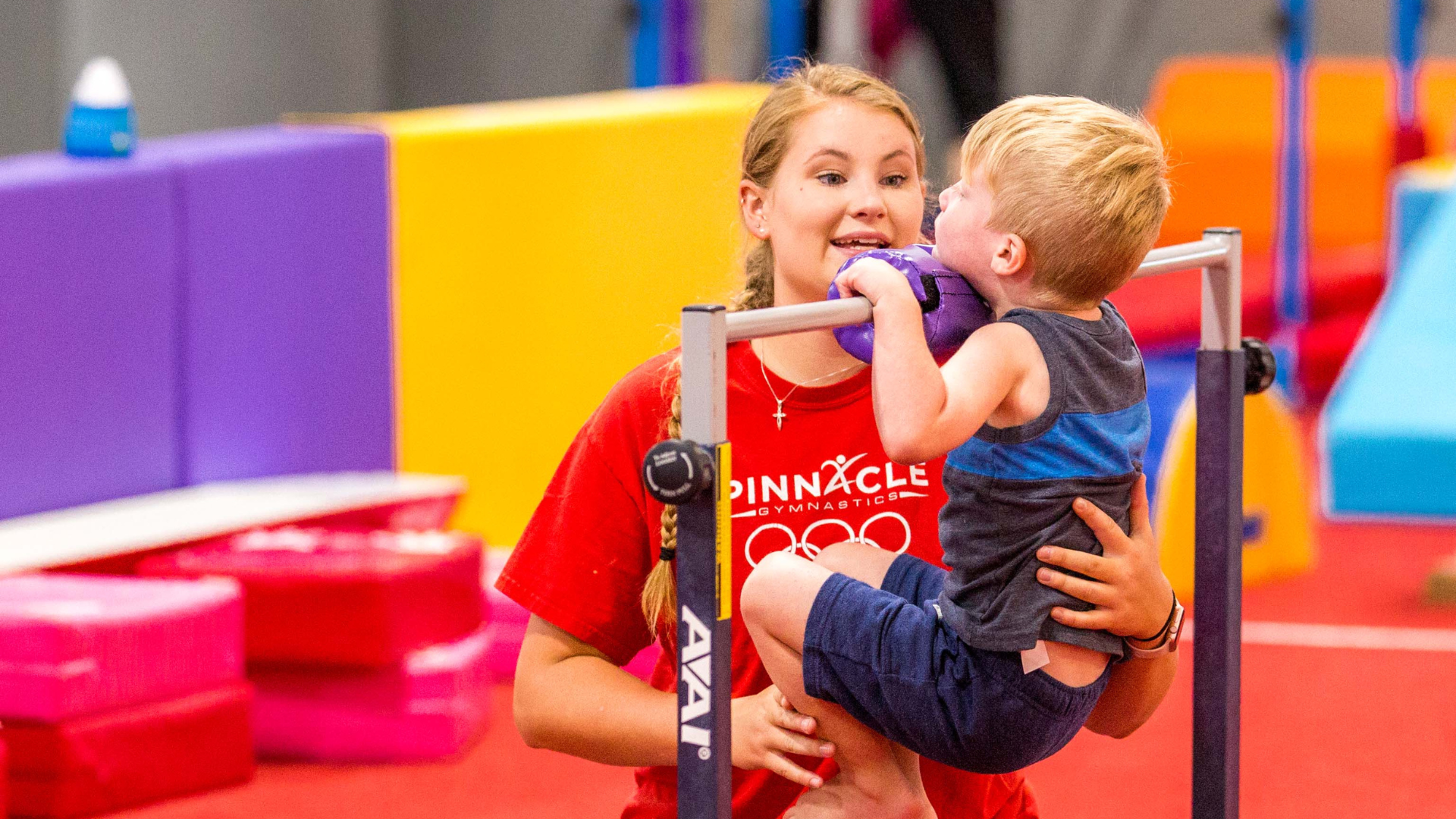Coach Carly's Five Favorite Backward Roll Progressions
Coach Carly's 5 Favorite Backward Roll Progressions
My Five Favorite Backwards Roll Progressions
Backward rolls are one of the foundational gymnastics skills that serve as a stepping stone to more advanced moves like back extensions, back tucks, and other dynamic skills. Mastering the backward roll is essential because it lays the groundwork for all the skills that will follow. However, learning the backward roll the right way is crucial. As with most skills in gymnastics, learning the basics thoroughly will make it easier to progress to the more complex moves later.
Backward rolls are one of the most recognizable beginner gymnastics skills, and they tend to psych people out. The idea of rolling backward, especially when you're not used to it, can be intimidating. But trust me—learning the backward roll can be simple, fun, and stress-free if you break it down into manageable steps with the right progressions.
Before diving in, it’s important to note that progression-based learning is the heart of gymnastics. Each basic skill, like the backward roll, serves as the first brick in the grand structure of gymnastics. Without mastering these building blocks, it will be harder to advance to the more complex skills.
Here are five of my favorite backward roll progressions that will help you get comfortable with the skill and ultimately perform it with ease.
1. Rock and Roll
This progression is so simple yet so effective, and it's great for athletes of all ages, from beginners to younger gymnasts. It’s a fantastic introduction to the motion of a backward roll and helps to alleviate the fear of rolling backward.
How to do it:
- Start by standing with your hands held up near your ears as if you are holding a slice of pizza in each hand (this is what I like to call "pizza hands").
- Squat down, making sure your knees are close together. As you squat, gently roll your body back until your hands touch the floor beside your head.
- Once your hands are on the floor, roll back forward in one smooth motion until you return to a standing position.
The key benefit of this drill is that it emphasizes the body’s natural movement during a backward roll while helping to develop body awareness. You'll get used to the feeling of rolling backward in a controlled, safe environment.
2. Flap Jack
The "Flap Jack" drill is one of my preschoolers’ favorite exercises, and I can see why. It’s a fun way to teach younger gymnasts how to perform a backward roll while also working on the key pushing motion needed for a clean roll.
How to do it:
- Lie on your back on a soft surface like a block, mat, or wedge.
- Position your body so that the top of your head and your hands are flat on the floor, while keeping your legs straight and together.
- In one motion, use your legs to pull your feet over your head. Your goal is to land in a standing position, using the momentum from your legs to help you roll all the way up.
This drill focuses on the "push" aspect of the backward roll, which is critical for a successful execution. Without the proper arm push, you can get stuck in a cramped, folded position (like a lawn chair!) without completing the roll. It’s important to emphasize the full range of motion and the fluidity of the movement.
3. Backward Roll Down an Incline
After mastering Rock and Roll and Flap Jack, the next step is to combine the two concepts on an incline. This progression helps with both fear and technique—by rolling down a slanted surface, gymnasts can get used to the feeling of rolling backward with less resistance.
How to do it:
- Stand at the top of an incline, like a wedge or a soft mat.
- Begin by performing the same motion as the Rock and Roll progression: squat down, keeping your hands at your ears and roll backward.
- As you roll, use your arms to push yourself up as soon as your hands touch the floor. Pull your legs over your head in the same way you did in the Flap Jack progression, landing on your feet.
The incline helps reduce the fear that comes with rolling backward on a flat surface and provides a smoother transition into performing the full roll. Plus, the slant adds just enough momentum to propel you over without needing as much of a "push" from your arms.
4. Backward roll off a panel mat
At this point, we are ready to tackle a backward roll on a flat surface—no incline necessary! This progression brings the gymnast closer to the real thing while maintaining a safe environment, as the panel mat provides extra padding and cushioning.
How to do it:
- Start by standing on a flat panel mat, knees bent and arms by your ears, in the same position as in the previous drills.
- Perform the backward roll by reaching your hands down to the floor, making sure the back of your head and your hands touch the ground simultaneously.
- Once your hands hit the floor, push with your arms and pull your legs over your head. Finish by standing up on your feet.
This drill introduces the feeling of rolling on a flat surface, but the mat provides some safety in case of a fall. A common mistake at this stage is not pushing hard enough with the arms, which can cause the gymnast to get stuck or not fully complete the roll. The arms should always be pushing through to ensure the roll is fluid.
5. Backward roll with a spot
Now, we’re entering the final stages before attempting a backward roll on your own! At this point, your gymnast may be able to attempt a backward roll on a flat surface, but it’s always beneficial to use a coach or a trained spotter to assist during the first few attempts.
How to do it:
- Start from a standing position, just like in the other drills.
- As the gymnast rolls backward, the coach should provide a gentle lift at the hips, helping the gymnast get over their head and finish the roll safely. The spotter should not force the gymnast into the roll but should offer enough support to ensure they don't get stuck.
- The gymnast should focus on completing the roll, pulling their legs over their head and pushing with their arms.
Using a spot is especially helpful for ensuring proper technique while preventing injury. It’s critical that the spotter does not push the gymnast’s body forward, as this can put unnecessary pressure on the neck. The spot should be purely supportive, helping to guide the gymnast through the motion.
Mastering the backward roll takes time, patience, and consistent practice. It’s important to go through each progression several times before moving on to the next one. You want to make sure the gymnast is comfortable and confident in each step of the process before advancing to more complex drills. This approach ensures that the gymnast will have the foundational skills they need to eventually tackle even more advanced skills like back extension rolls, back tucks, and more.
Always emphasize safety and encourage your gymnasts to practice slowly and with control. Keep things fun and celebrate every little success along the way. As with all gymnastics skills, consistency and repetition are the keys to success.
Now get rolling, and enjoy the journey of mastering the backward roll!
